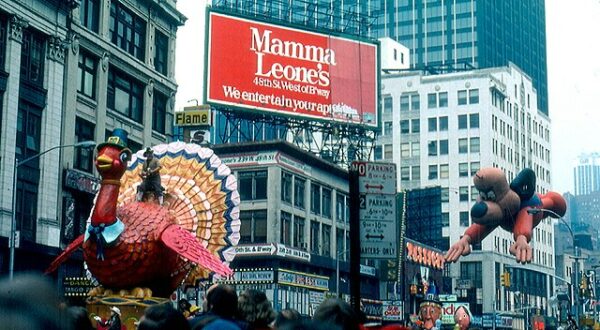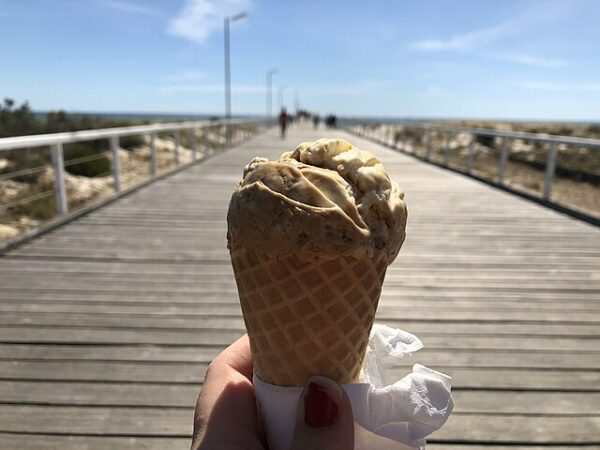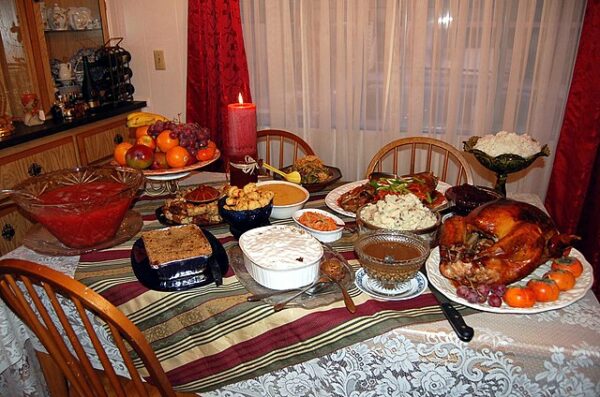On November 27, 1924, New York City witnessed the birth of what would become an enduring American tradition: the Macy’s Thanksgiving Day Parade. Organized by Macy’s department store, this inaugural event marked the start of a beloved holiday celebration that has since captivated millions annually. While the first parade was far simpler than today’s extravagant display, it set the stage for a cherished tradition that continues to grow and inspire.
The origins of the parade were deeply rooted in Macy’s ambition to highlight its newly expanded flagship store on 34th Street. Spanning an entire city block, the store was one of the largest of its time. Macy’s management sought a creative way to draw holiday shoppers and boost sales. Inspired by the festive street parades of Europe, many of Macy’s employees—recent immigrants who cherished such traditions—suggested hosting a grand procession through Manhattan to herald the holiday season.
The 1924 parade had a modest charm, vastly different from today’s high-tech spectacle. Beginning at 145th Street in Harlem and ending at Macy’s Herald Square, the six-mile procession featured employees dressed in costumes, marching bands, and live animals borrowed from the Central Park Zoo. Camels, elephants, and monkeys added to the excitement, while Santa Claus’s arrival marked the grand finale, officially kicking off the Christmas season.
Approximately 250,000 spectators turned out for the first Macy’s Thanksgiving Day Parade, an impressive crowd that demonstrated its immediate popularity. Though the floats and performances were simple, the joy and novelty of the event made it an overwhelming success. Buoyed by this reception, Macy’s executives declared that the parade would become an annual event.
In 1927, a pivotal innovation elevated the parade’s appeal: helium balloons. The first balloon, a giant Felix the Cat, replaced live animals and introduced what would become one of the parade’s most iconic features. Over the years, the parade expanded in scale and sophistication. By the 1930s, it was broadcast on radio, and in 1948, it debuted on television, bringing the magic of the parade into homes across the nation.
World War II briefly interrupted the event from 1942 to 1944, as materials like rubber and helium were needed for the war effort. Yet the parade returned triumphantly in 1945, drawing massive crowds eager to celebrate peace and post-war prosperity. As the decades passed, the parade introduced increasingly elaborate floats, larger-than-life balloons, and celebrity performances, cementing its place as a holiday staple.
Today, the Macy’s Thanksgiving Day Parade is a hallmark of the holiday season in the United States. Watched by millions on television, it showcases Broadway performances, musical acts, and a stunning array of floats and character balloons that captivate audiences of all ages. The parade route now covers 2.5 miles and culminates with Santa Claus’ arrival, a moment eagerly awaited each year.






